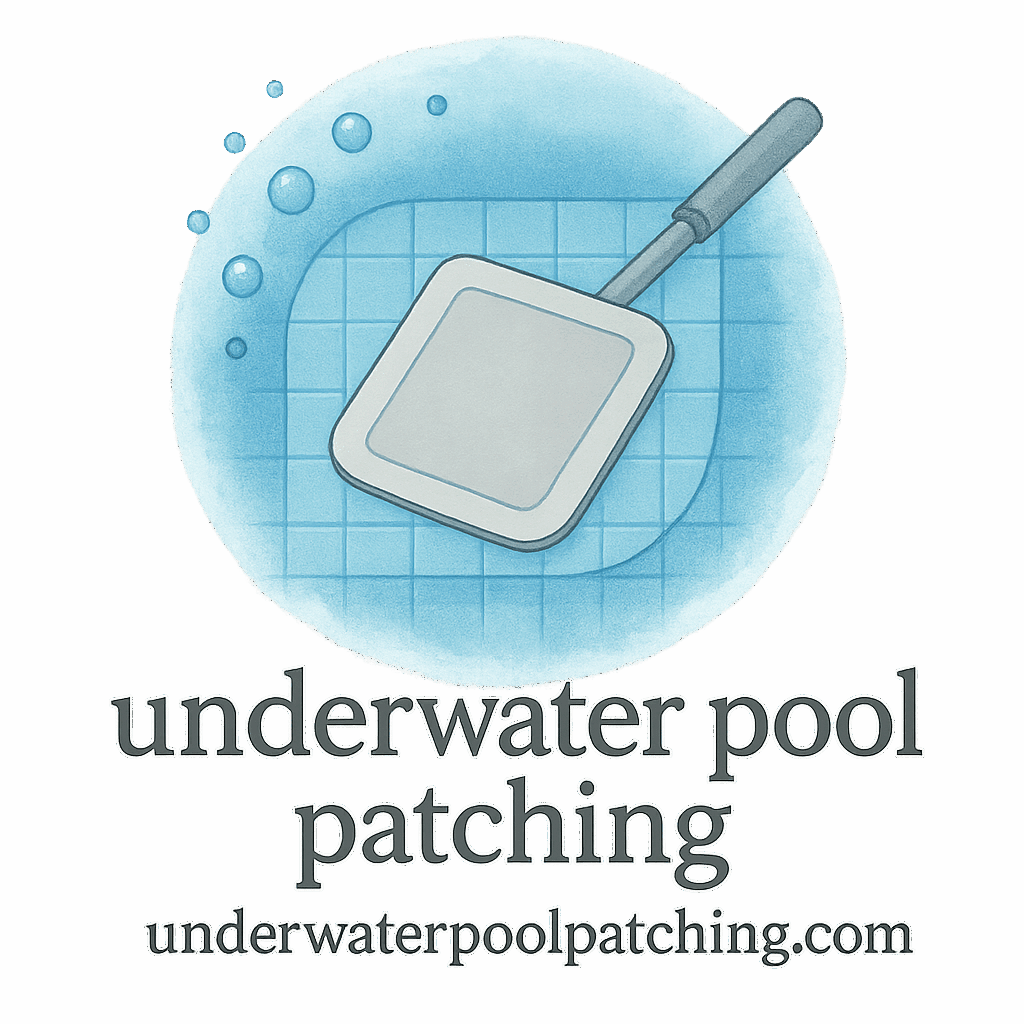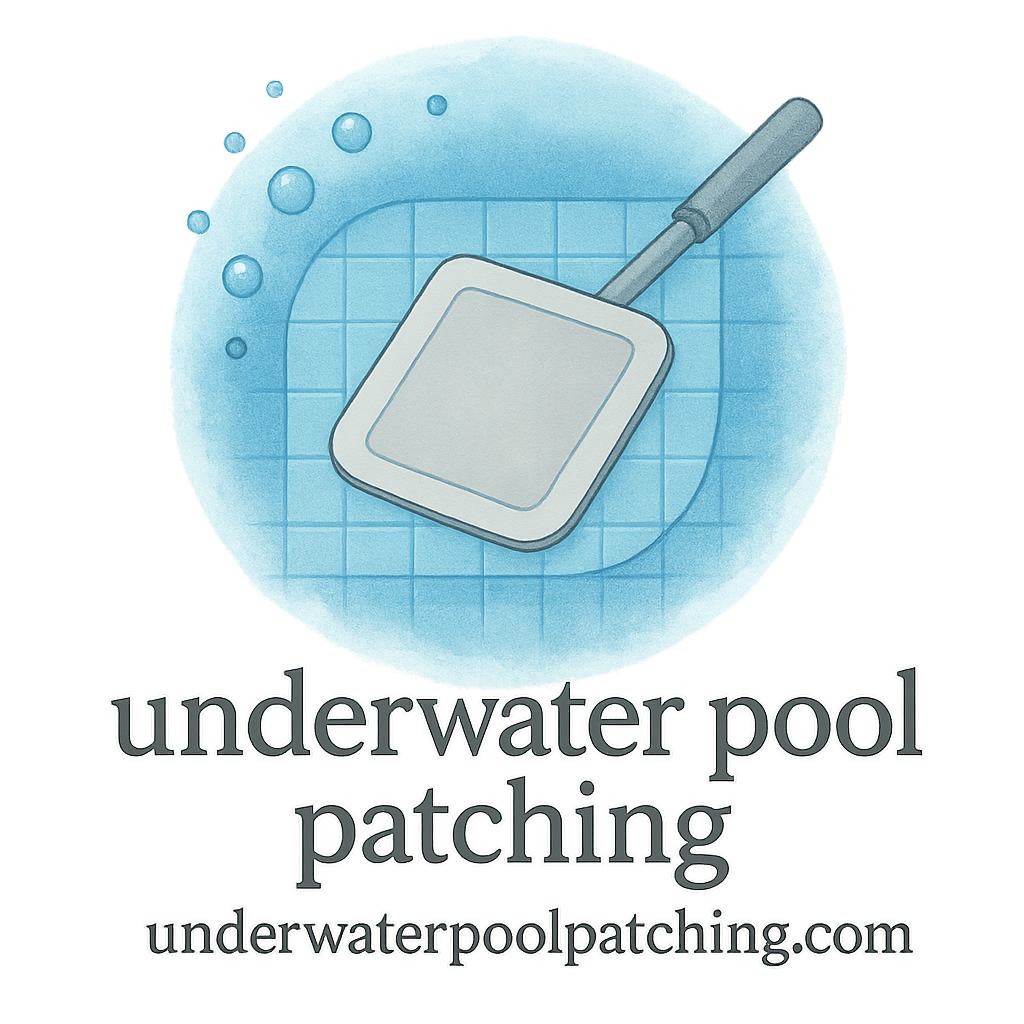Patching your pool underwater is only half the battle — making sure that patch stays put is where the real challenge begins. That’s why visual inspections are absolutely crucial once a patch is applied. In this article, we’ll explore eight foolproof visual inspection tricks that help you keep your underwater patch jobs in tip-top shape.
And yes, whether you’re a DIY pool owner or a seasoned pro, these tricks will make your patching efforts last longer and save you time and money in the long run. Let’s dive in, shall we?
Why Visual Inspection Is a Must After Patching
Why bother inspecting the patch? Simple: even the strongest underwater patch can fail if it’s not applied correctly or if the surface wasn’t prepped well enough. Visual inspections help identify problems before they get worse.
If you’re serious about underwater pool patching, adding visual inspection to your maintenance routine isn’t optional — it’s essential. It’s your first line of defense against leaks, peeling, and expensive repairs.
Trick #1: Monitor Color Consistency of Patch Area
What to Look For
After a patch has been applied, one of the first things to watch is the color. Ideally, the patch should blend in with the surrounding surface. If it looks noticeably darker or lighter, it could signal poor bonding or material incompatibility.
Why Color Matching Matters
A mismatched color isn’t just an eyesore — it could point to a patch that’s not holding. Many epoxy-based patches like those listed on our epoxy tag page are color-sensitive, especially when exposed to sunlight and chemicals.
Trick #2: Check for Surface Smoothness
The “Barefoot Test”
Ever walked over a patch with your bare feet and felt a weird bump? That’s a sign the patch wasn’t smoothed out properly. A good patch should feel like it was never there in the first place.
Tools That Help
Use a flat plastic scraper or a gloved hand to gently feel over the patch. Rough or raised areas may indicate the patch wasn’t pressed down enough or was applied unevenly.
For more on finishing techniques, visit our guide on patching techniques and the edge finish tag.
Trick #3: Look for Edge Lifting or Peeling
Signs of Improper Adhesion
If you notice corners or edges of the patch starting to lift, it means the adhesive isn’t holding as it should. This could be due to debris, water pressure, or poor-quality material.
Check out our detailed write-up on patch materials for advice on what works best for underwater surfaces.
When to Take Action
If you see any peeling, act quickly. Use a pressure test (see pressure test tag) to verify if water is seeping underneath.

Trick #4: Examine for Air Bubbles and Blisters
Common Causes of Trapped Air
Air bubbles under the patch usually form because the adhesive was applied too thick or the patch wasn’t pressed firmly enough.
Preventive Maintenance Tips
To avoid future issues, follow a strong maintenance plan and stick to reliable patching products.
Learn more about the role of prevention on our prevention tag page.
Trick #5: Watch for Discoloration Over Time
Water Chemistry vs. Patch Longevity
If the patch changes color after a few weeks, it might not be due to bad materials. Pool chemicals, especially high chlorine levels, can fade or weaken the patch.
Use UV-resistant materials and proper coatings to protect patches. Our page on budgeting for patching explains how to save without compromising on quality.
Use of UV-Resistant Materials
Epoxy patches designed for underwater use generally hold their color longer. Explore long-lasting options under the patch life tag.
Trick #6: Observe Patch Integration with Pool Liner
Visual Flow and Seam Inspection
The patch should look like it belongs. If it stands out with visible seams or overlaps awkwardly, it could disrupt water flow and weaken over time.
Issues with Misalignment
Misaligned patches wear down quicker due to turbulence and friction. Keep the integration seamless — literally. Our patch repair resources break this down further.
Trick #7: Inspect Underwater Patch Thickness
How to Gauge the Right Thickness
Patches that are too thin won’t last; patches that are too thick can be vulnerable to peeling or uneven wear. Use a measuring gauge or compare visually against nearby surfaces.
Thin Patch = Short Lifespan
A patch that’s barely holding on will quickly become a recurring problem. Invest in proper materials from our materials tag page for durability.
Trick #8: Revisit the Patch During Routine Checks
Time-Based Inspection Guide
Just because a patch looks fine today doesn’t mean it will next week. Schedule monthly inspections to make sure it’s holding up.
Use our routine checks guide for a detailed calendar approach.
Use a Maintenance Plan
Integrating patch inspections into your existing maintenance plan helps avoid surprise issues. Prevention always beats repair.
Linking Visual Checks with Diagnosis and Prevention
From Leak Detection to Restoration
Sometimes, the visual inspection uncovers deeper issues, like ongoing leaks. If that’s the case, check out our diagnosis guide and our leak detection resources.
Establishing a Maintenance Routine
Routine inspections and visual checks are the backbone of long-term savings. Follow our money-saving tips and get your patching on a regular schedule.
Conclusion
So there you have it — eight smart visual inspection tricks you can use to ensure your underwater pool patches stay intact and leak-free. A patch is only as good as the care that follows it. By catching issues early, you’re not just saving yourself future headaches — you’re extending the life of your pool and making the most of your investment.
Don’t forget to explore the full library of content over at Underwater Pool Patching, where we dive deep into every aspect of underwater pool care, from diagnosis to restoration.
FAQs
1. How soon should I inspect a pool patch after applying it?
You should inspect it within 24–48 hours after application to catch early signs of failure.
2. Can I use regular glue for underwater patches?
No, always use adhesives specifically made for underwater use. Regular glue won’t bond properly underwater.
3. How often should I perform visual inspections on patched areas?
At least once a month, or immediately if you suspect a problem.
4. What’s the most common reason patches fail?
Improper surface prep and using the wrong materials are top culprits. Visit our repair techniques page to learn best practices.
5. Do I need to drain my pool for a proper patch inspection?
Nope! All eight tricks in this guide can be done underwater with a mask or goggles.
6. What type of patch material lasts the longest?
Epoxy-based patches tend to last the longest when used correctly. Learn more under our epoxy tag.
7. Where can I find a complete checklist for post-patching inspections?
Right here on our tips page — perfect for printouts and digital reference.


